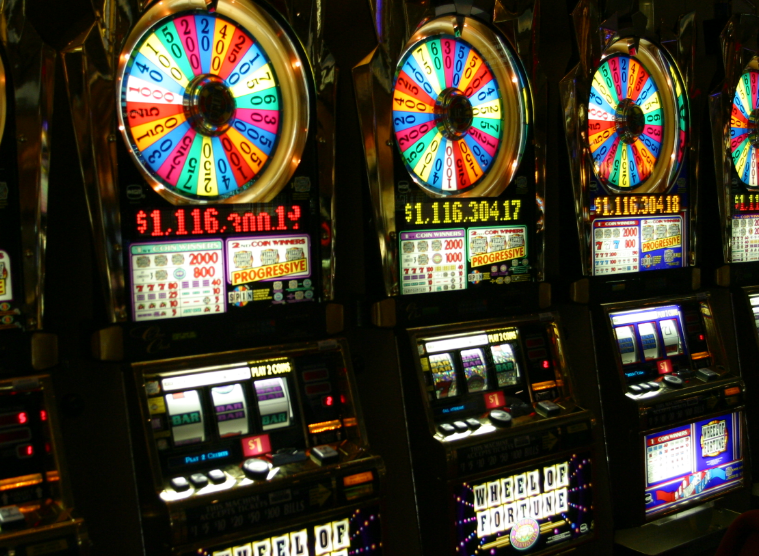Japan just wrapped up its massive 2025 World Expo in Osaka, but the excitement is far from over. Officials now plan to transform the event’s island site into a cutting-edge tech and tourism hotspot, centered on a huge $3.9 billion MGM resort that’s set to open in 2030. This bold move could reshape the city’s economy and draw millions of visitors, but what exactly does it mean for locals and travelers? Let’s dive in.
Osaka’s leaders wasted no time after the World Expo closed on October 13, 2025. They announced plans to redevelop Yumeshima Island, the artificial land that hosted the six-month event, into an international tourism base. The island, built almost 50 years ago mainly for shipping and waste management, will now focus on fun, tech, and business.
This shift builds directly on the Expo’s success, which pulled in over 15 million visitors and showcased innovations from around the world. City and prefectural governments aim to keep some Expo landmarks, like a key pavilion, to blend history with new attractions.
The plan includes leisure zones, extra hotels, and spots for tech events. It’s all about making Yumeshima a place where people come to relax, work, and explore cutting-edge ideas.
Officials say this will position Osaka as a rival to global cities like Las Vegas or Singapore.
Inside the MGM Osaka Resort
At the heart of this project sits MGM Osaka, Japan’s first legal casino resort. MGM Resorts International teams up with Japan’s Orix Corporation for this joint venture, pouring in about $3.92 billion.
The resort covers 49 hectares on the island’s north side. Construction kicked off in April 2025, right before the Expo started.
What will visitors find? Here’s a quick look at the main features:
- A casino taking up just 3% of the space, but it’s a big deal as Japan’s debut in legal gaming.
- Hotels with thousands of rooms for tourists and business travelers.
- Huge conference centers spanning 730,000 square feet for meetings and events.
- A 3,500-seat theater for shows and entertainment.
- Shops, restaurants, and other spots to eat and shop.
The resort expects to welcome around 20 million people each year, boosting local jobs and spending. Builders aim to finish by 2030, turning the island into a year-round draw.
This isn’t just about gambling. The focus mixes luxury stays with tech experiences, like virtual reality zones or innovation exhibits tied to the Expo’s “Designing Future Society” theme.

Economic Boost and Local Impact
Osaka hopes this hub will supercharge its economy. The Expo already brought in crowds and spotlighted the city, and now the resort could keep that momentum going.
Experts predict billions in revenue from tourism. A recent study by the Japan Tourism Agency, done in early 2025, shows integrated resorts like this can increase visitor spending by up to 30% in host cities.
For everyday folks in Osaka, this means more jobs in hospitality, tech, and services – potentially thousands of new positions by 2030. Local businesses, from small eateries to tech startups, could thrive with the influx of international guests.
But it’s not all smooth. Some residents worry about traffic and higher living costs. The island’s location in Osaka Bay requires better transport links, like new train lines, which are already in the works.
On the positive side, the project ties into Japan’s push for more foreign investment. MGM’s involvement brings global expertise, while Orix adds local know-how.
Challenges Ahead for Yumeshima’s Revival
Turning an old industrial island into a shiny hub won’t happen overnight. Environmental concerns linger from its waste disposal past, though officials say cleanup efforts meet strict standards.
Funding is another hurdle. The total redevelopment might cost more than the resort alone, with public money involved. A 2024 report from Osaka Prefecture outlined a phased approach to spread out expenses.
Critics point to potential gambling addiction risks, but Japan has rules like entry fees for locals to keep things in check. Supporters argue the benefits, like tax revenue for schools and infrastructure, outweigh the downsides.
Looking further, this could inspire similar projects elsewhere in Japan. If successful, Yumeshima might become a model for blending tech, tourism, and entertainment.
Japan’s bold plan for Yumeshima Island wraps up the Expo’s legacy while launching a new chapter of growth and innovation, promising jobs, excitement, and a fresh spot on the global map. It’s a reminder that big events can spark lasting change, turning forgotten land into thriving destinations.








